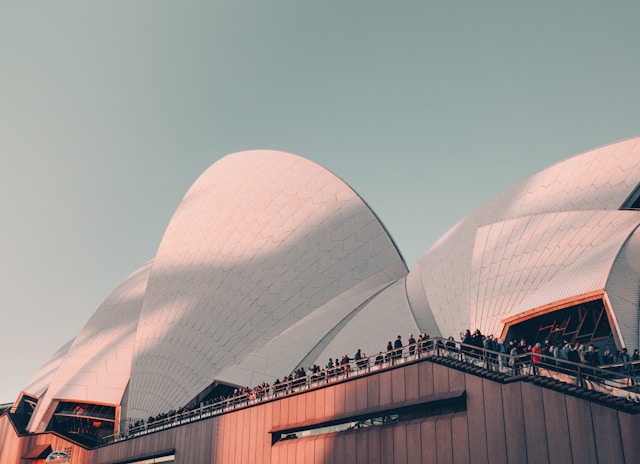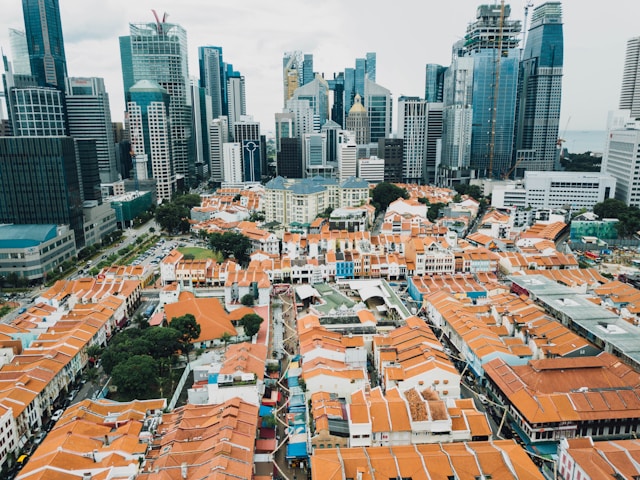Roof architecture, often overlooked in its significance, serves as a testament to human ingenuity and adaptability throughout the ages. It has been a silent guardian, witnessing the progress of civilizations, the rise and fall of empires, and the constant evolution of human needs. As we delve into the intricate history of roof design, we embark on a journey that spans from the primal shelters of our ancestors to the cutting-edge, sustainable structures of today.
Primordial Canopies: The Birth of Shelter
The origins of roof architecture can be traced back to the primitive shelters of early humans. In this era, survival was paramount, and the roof served a fundamental purpose – protection from the elements. From makeshift huts made of branches and leaves to more sophisticated structures using animal hides and thatch, our ancestors ingeniously utilized available resources. These early roofs were not merely functional; they were symbolic of humanity’s first attempts to create a sense of security and comfort within the chaos of nature. The gradual evolution of these shelters laid the foundation for the diverse array of roofs we encounter today.
The Rise of Civilization: From Adobe Domes to Pyramid Peaks
As civilizations flourished, so did architectural prowess, giving rise to iconic structures that would stand as testaments to human achievement for centuries. Mesopotamians, masters of mud-brick construction, created awe-inspiring adobe domes, while Egyptians ventured skyward with the construction of monumental pyramids. Roofs in this era became not only utilitarian structures but also canvases for intricate carvings and murals, reflecting the culture and beliefs of the people. The roof, once a practical necessity, transformed into a symbol of societal status and power, showcasing how architecture became intertwined with the identity of burgeoning civilizations.
Medieval Mastery: Vaulting to New Heights
The medieval period witnessed a revolution in roof architecture with the advent of Gothic cathedrals. The pointed arches and ribbed vaults employed in these structures allowed for unprecedented height and space, creating ethereal, light-filled interiors. The cathedral roofs, reaching towards the heavens, were engineering marvels that transcended the physical and entered the realm of the spiritual. The intricate designs were not only a testament to human craftsmanship but also an expression of devotion, transforming roofs into symbols of divine connection. This era marked a pivotal shift from mere functionality to structures that served both the practical and the transcendent.
Renaissance Roofs: Harmony in Proportion and Symmetry
With the Renaissance came a return to classical principles, profoundly influencing roof architecture. The emphasis on symmetry, proportion, and harmony in this era guided the design of roofs, mirroring the ideals found in art and philosophy. Roofs became more than just shelter; they became expressions of intellectual and aesthetic ideals. The revival of classical elements, such as domes and cupolas, showcased a blend of innovation and homage to ancient architectural wisdom, shaping the aesthetic language of roof design for centuries to come. The Renaissance marked an era where roofs transformed into works of art, embodying the human pursuit of beauty and balance.
Industrial Revolution: Steel Skeletons and Skyscraping Dreams
The Industrial Revolution brought about a radical transformation in roof architecture. The development of iron and steel as structural materials marked a departure from traditional building methods. This era witnessed the birth of towering skyscrapers and expansive factory roofs, as architects and engineers embraced the newfound possibilities offered by industrial materials. The utilitarian approach of this period, driven by efficiency and functionality, reshaped urban landscapes. Roofs evolved into integral components of the burgeoning industrial aesthetic, representing progress and innovation. The shift from traditional building materials to the use of steel skeletons revolutionized the skyline, symbolizing a departure from the past and the embrace of a bold, industrial future.
Modern Marvels: Green Roofs and Sustainable Futures
In the contemporary era, roof architecture has taken on a new dimension, fueled by a commitment to sustainability and environmental consciousness. Green roofs, adorned with vegetation, have emerged as a response to the ecological challenges facing our planet. Beyond providing insulation, these roofs contribute to environmental conservation by promoting biodiversity and reducing the urban heat island effect. Additionally, the integration of solar panels into roofs exemplifies a shift towards harnessing renewable energy sources. The modern roof has become a dynamic space, marrying technology and sustainability to create structures that not only shelter but actively contribute to a healthier planet. Modern roofs often necessitate professional installation, ensuring that these advanced features function optimally. By doing so, architects and builders adhere to building codes and a deeper environmental ethic. For more detailed insights into the installation processes of modern roofing systems, you may refer to this page and learn more about the different types of roofing materials employed in these advanced structures. As society grapples with the impacts of climate change, roof architecture stands at the forefront of a sustainable future, where innovation meets environmental responsibility.

As we reflect on the expansive history and evolution of roof architecture, it becomes evident that these structures are not mere functional elements but rather integral chapters in the narrative of human progress and creativity. From the humble shelters of our ancestors to the towering skyscrapers and sustainable marvels of today, each era has added a layer to this ongoing saga.
The journey of roofs continues, promising innovative designs, sustainable solutions, and a perpetual dance with the ever-changing needs of humanity. The overhead canopy of time, once a simple shield against the elements, has become a canvas for the collective imagination of the human race, showcasing our ability to shape both our surroundings and our future. As we look ahead, the roof’s odyssey persists, promising further exploration, discovery, and a continuation of the dynamic relationship between architecture and the human spirit.







